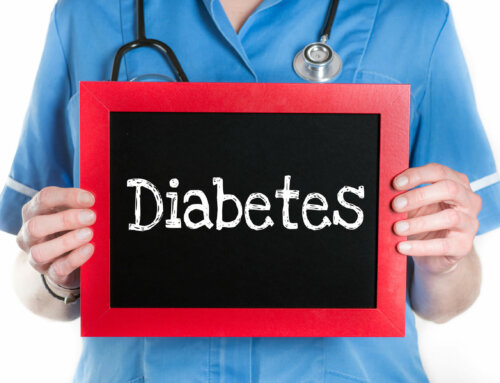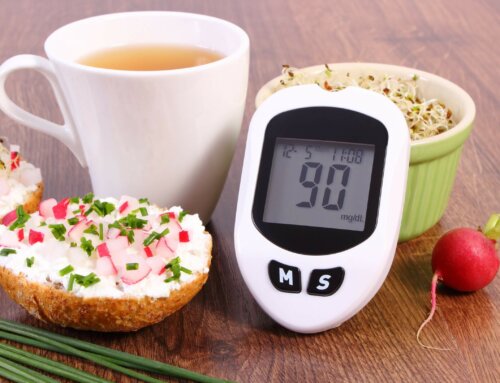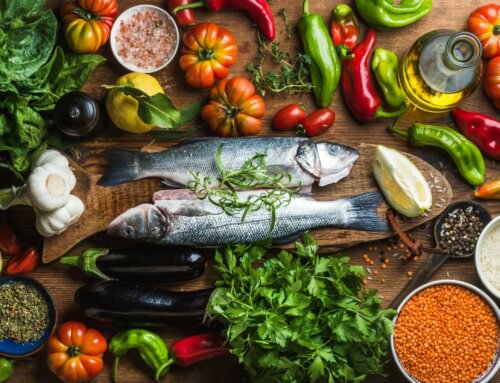Don’t you ever wonder which cereal truly helps to lower your cholesterol? Or what exactly “sugar free”, “no sugar”, “net carb”, “low carb” and just plain “regular” means? Why is 2% milk referred to as “reduced fat” when years ago it used to be called “low fat”?
Are we confused or are we made to feel that way? Don’t feel alone. Here are my top 10 pointers for reading and understanding the food label:
- What is the serving size? Do you realize that the serving size for a pickle is for ⅓ of a large pickle? Are you eating the whole pickle or even two pickles? Therefore, the sodium is 3 times higher if you eat the entire pickle (which is highly likely).
- What does 42 grams of protein mean when I am looking at a can of tuna? I am told to eat 3 ounces of protein at lunch so how does that translate? Every 7 grams of protein is equal to ONE ounce. There are 6 ounces of protein or 42 grams in a can of tuna. Divide 7 into 42 = 6.
- If there’s 8 grams of total fat and 3 grams of saturated fat where’s the rest of the fat coming from? 5 grams would be coming from mono-unsaturated or polyunsaturated. Trans fat is now required to be listed under total fat.
- If I have diabetes, do I have to just watch the sugar? Total carbohydrates include the fiber and sugar and other carbohydrates. Everything except the fiber breaks down into sugar. The sugar listed is natural or processed sugar.
- How do they figure out the calories from fat? There are 9 calories of fat per serving. Multiply the grams of total fat by 9 and round it to the nearest number. 8 grams of total fat x 9 calories per gram = 72 or 70 calories from fat.
- Why is ice cream referred to as “no sugar added” instead of “sugar free”? Sugar free products means there is no natural sugar or processed sugar in the item. For ex: a cookie is sugar free because the sugar is replaced with sugar alcohol – the part you are not being told about is that the flour in the cookie breaks down into sugar and will effect blood sugar levels. Ice cream is referred to as “no sugar added” because, although the sugar is still being replaced by the sugar alcohol, milk contains lactose (milk sugar) so sugar is naturally occurring.
- What’s my budget of sodium, fat, saturated fat, etc. for the day? If you look at the box within the label you will see the recommendations for people on a 2,000 or 2,500 calorie diet. If you eat fewer calories then you can deduct an estimated amount or see your dietitian for precise recommendations for you.
- I bought light olive oil. What’s the benefit? Light olive oil may be lighter in color. If you compare the total fat on all kinds of oils, you will find that there is always 14 grams per tablespoon serving size. This is true whether or not it is light or regular. If you are ever unsure of a product, pick up another similar product and compare. The breakdown of fats, whether they are from saturated, mono-unsaturated or polyunsaturated may be different on the label of various types of oils.
- When a food is labeled “whole grain” or “can help lower cholesterol” what should I watch out for? Look out for the sugar, brown sugar syrup, high fructose corn syrup, honey and a long list of ingredients. The sugar added to cereals diminish their worth. Try plain oatmeal and add fruit (natural and higher nutritional sugar).
- Why is my 2% milk called reduced fat instead of low fat? Low fat foods must be 3 grams of fat or less per serving. 1% milk meets that criteria with 2.5 grams of total fat per serving (8 ounce glass).












Leave A Comment